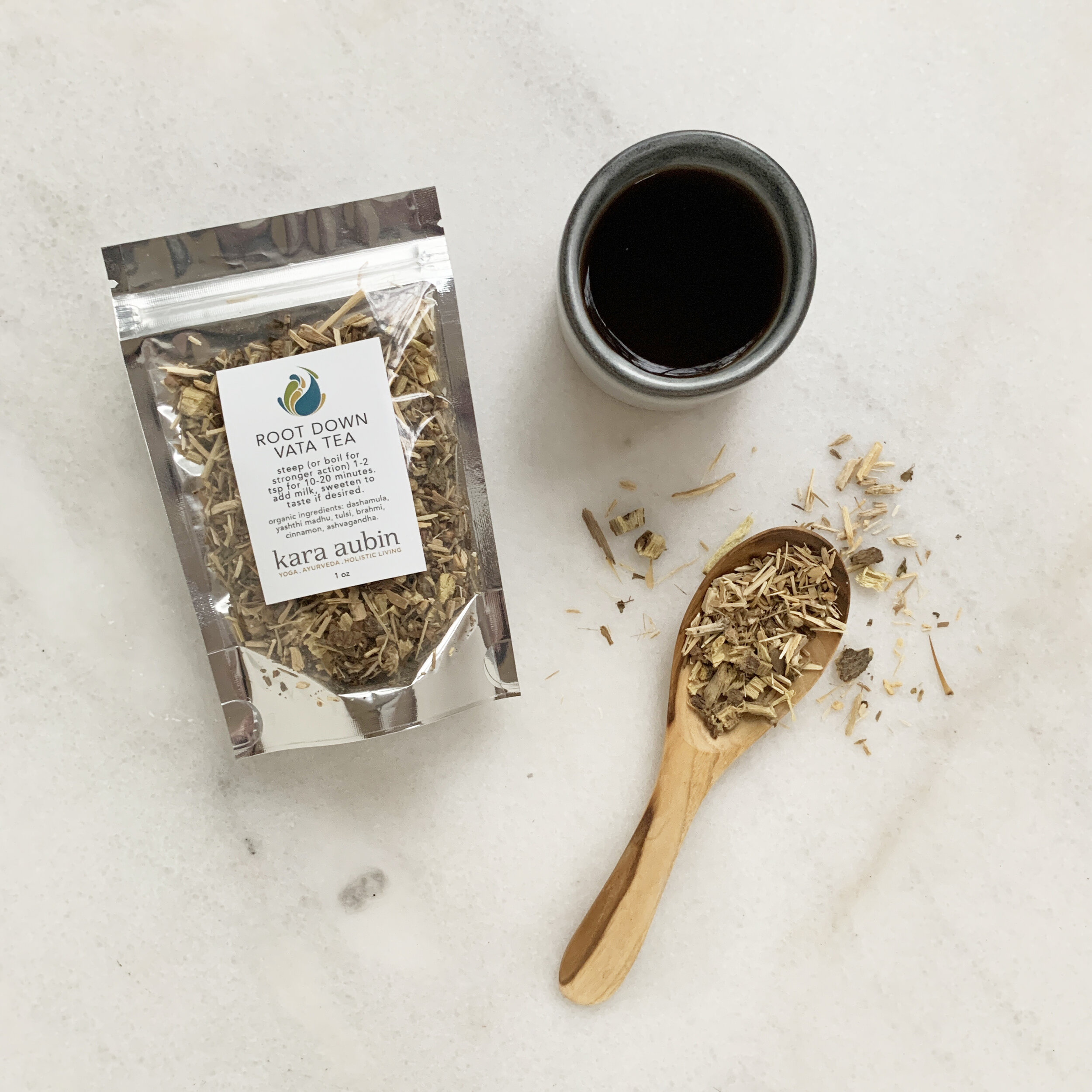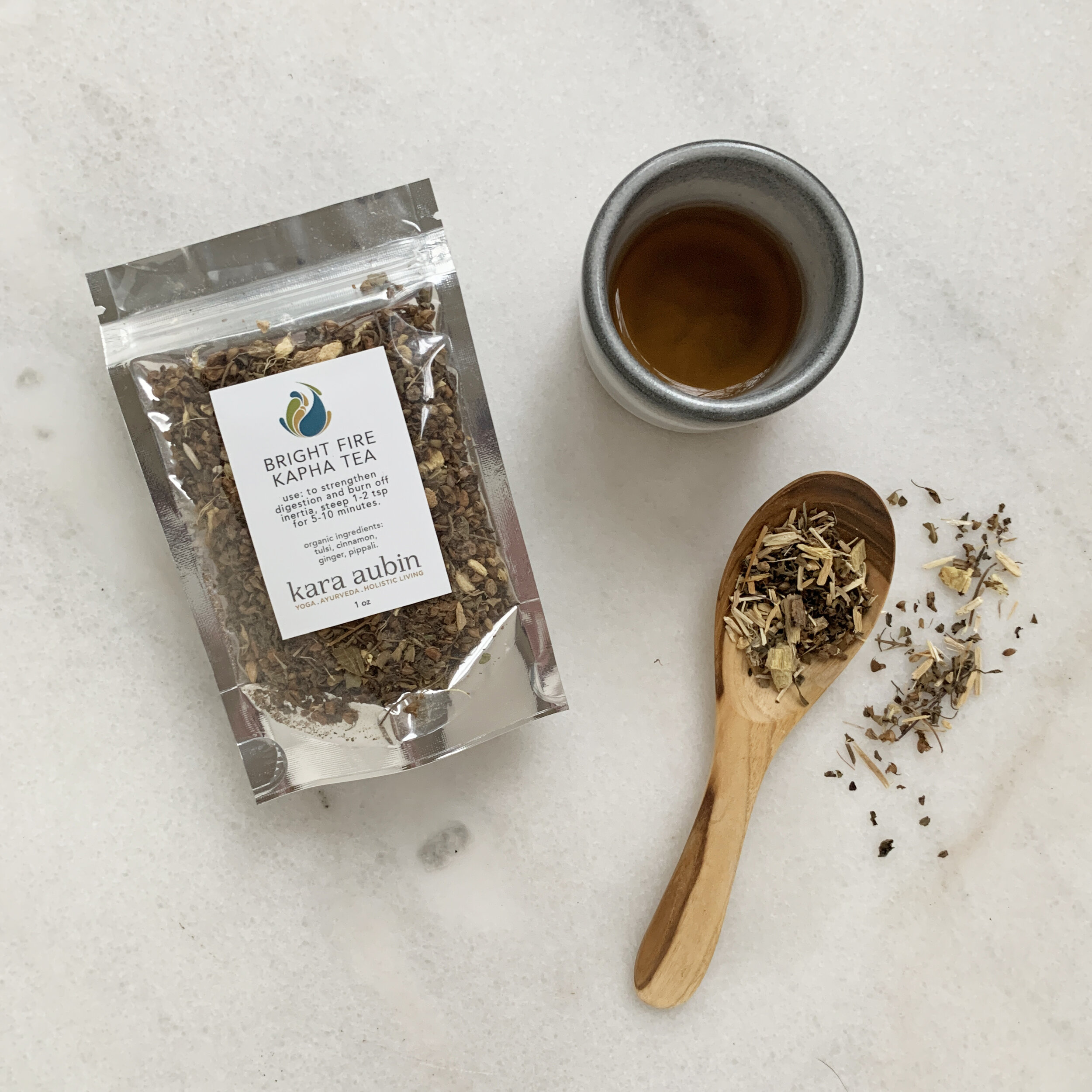understanding the dhatus: asthi dhatu
“the doshas (energy principles), dhatus (tissues), and malas (wastes) are always the roots of the body.”
what is asthi dhatu ?
Ayurveda identifies seven tissues, or dhatus, that comprise the substratum of the functional systems of the body. When we understand the form and function of these tissues we will understand what imbalances can arise in them, and how to best care for these tissues.
In Ayurveda, Asthi Dhatu—the bone tissue—is the fifth of the seven dhatus (tissues) and provides the essential structural framework of the human body. Derived from the Sanskrit word asthi, meaning “that which is firm,” this tissue holds up the body, anchors muscles, and supports movement, stability, and vitality.
Closely linked to Asthi Vaha Srotas, the channels that nourish and maintain bone health, this system’s primary function is dharanam, providing support and binding for the rest of the body’s connective tissues, and nourishes the nervous system tissue.
what do imbalances of asthis look like?
Each tissue can be produced in excess, or be deficient, in each individual organism. A set of symptoms arises from each imbalance.
Where a body has too little of the structure and production of Asthi, we’ll see depletion in structural elements.
This creates symptoms like:
hair fall
laxity of joints
brittle, breaking nails
poor quality dental health
piercing pain in the bone
cracking, popping joints
craving for meat on the bone
dry, rough tissues
Conversely we can have excessive Asthi Dhatu (this is more rare), we’ll see an over-production in bone and bone related tissues:
additional bone or bony growths and calcification
overgrowth or excessively long hair
overgrowth of nails
additional teeth
what imbalances asthi dhatu?
Vata dosha, comprising air and ether element, governs movement and is inversely related to Asthi Dhatu. An imbalance in Vata can disrupt the formation and maintenance of bone tissue, leading to conditions like osteopenia/porosis and joint disorders. Maintaining balanced Vata is crucial for bone health. This involves regulating activities, diet, and lifestyle to prevent the excessive movement and dryness characteristic of Vata imbalances like:
Vata aggravating diet
Vata imbalance, evident via symptoms like gas, bloat, and constipation
excessive exercise or strain
repeated traumatic or violent joint movements
bone-on-bone friction
calcium deficiency
how to support asthi?
While the symptoms of Asthi imbalance are troublesome themselves, it’s also important to remember that they are the precursors for more advanced disease processes. So, we want to recognize them as they arise, and turn to our Ayurvedic practices to properly nourish and balance each tissue.
Asthi, having an inverse relationship with Vata, will often benefit from Vata pacifying practices.
To build the health of Asthi Dhatu, you can use these specific practices:
always pacify Vata first
favor cooked, soupy, spiced foods eaten warm
avoid dry, light, cold, crunchy food
favor sweet, sour, salty tastes
lessen pungent and astringent tastes
adequate liquid + lipid hydration
topical oil application, abhyanga, nasya, karna purna, basti, etc
address causes of gas, bloat, and constipation
consider the GI Tract
the small intestine is the primary site of mineral absorption. appropriate digestion will yield minerals ready for absorption
the colon is both Vata’s home site and the colon mucus membrane is a primary site of bone nutrition. decrease imbalanced Vata in the colon and bone production will be healthier.
eat for healthy bones
bitter taste: dark, leafy greens like kale, moringa leaves, bok choy, and collard greens are excellent sources of calcium, magnesium, and vitamin K, which are vital for bone mineralization. cook them in a healthy fat like ghee!
sesame seeds: a bone build hero of Ayurveda. you can cook with them, or chew 1 TBS until they dissolve upon waking.
nuts: almonds, walnuts, hazelnuts, sesame seeds, and flaxseeds are rich in calcium, magnesium, and healthy fats, all important for bone strength.
fats: cultured ghee and sesame oil are recommended for their nourishing and Vata-balancing qualities, supporting bone health and aiding nutrient absorption.
dairy: milk and milk products (ghee, butter, Ayurvedic buttermilk) are considered highly nourishing for bones due to their calcium, vitamin D, and cooling, Vata-pacifying properties. utilize the cleanest, least processed dairy you can source and then be sure not to take it cold or raw - it should be boiled at some point before consumption for digestibility.
animal protein: meat soups, especially from chicken and mutton, are recommended for their ability to nourish both muscle and bone tissues, providing essential minerals and proteins.
legumes + grains: red rice, whole wheat, and mung beans support healthy bones.
garlic, moringa leaves and drumstick, radish root, are all specially indicated for bone healing.
herbal supports: ask your Ayurvedic practitioner about herbs and formulations for healthy bones. it’s not just about providing calcium, it’s also about strengthening asthi’s tissue agni (fire of transformation) so the bone can correctly access and utilize the provided minerals.
why it matters?
Healthy Asthi and its inverse relationship with Vata will have a direct effect on how we age. Osteopenia and osteoporosis provide real challenges to aging well. Caring for bone health early in proactive and preventive ways will ensure strong bones for years to come.
Pick a few Asthi balancing practices from above (whether you need to build or reduce) and understand that this work of bone health is a long game.
In the coming months we will be exploring the remaining dhatus:
Majja (nerve tissue)
Shukra/Artava (reproductive tissue)
We will dive deep into best practices for supporting and nourishing each of them. Up next, Majjā dhatu.
Oh, and if you missed any of our previous posts in this series I encourage you to dive in and read up on each: Rasa Dhatu, Rakta Dhatu, Mamsa Dhatu, and Meda Dhatu.
related products
related posts
loved what you learned? feeling inspired? share this article with someone who would benefit!
you can also share via the social icons below.

















